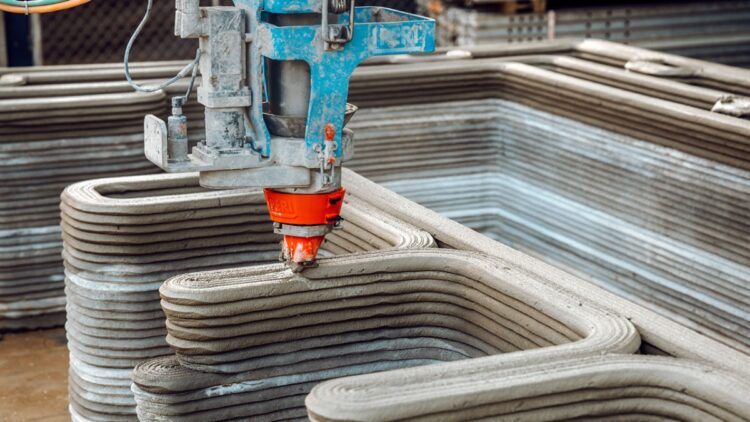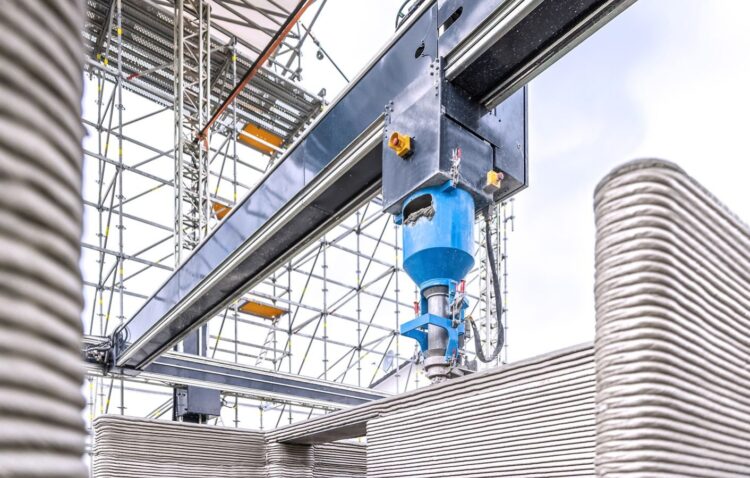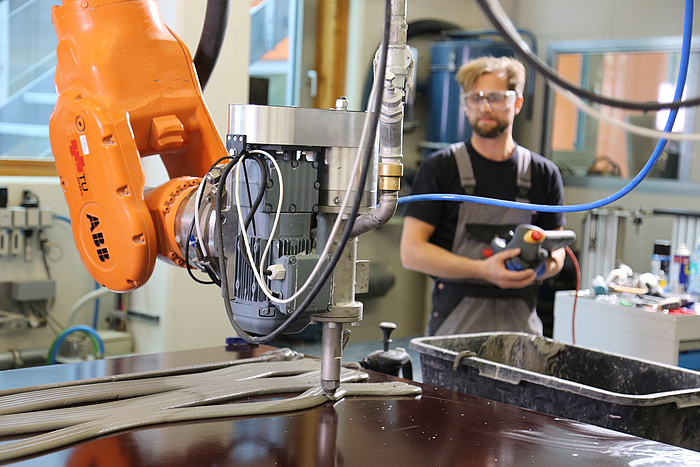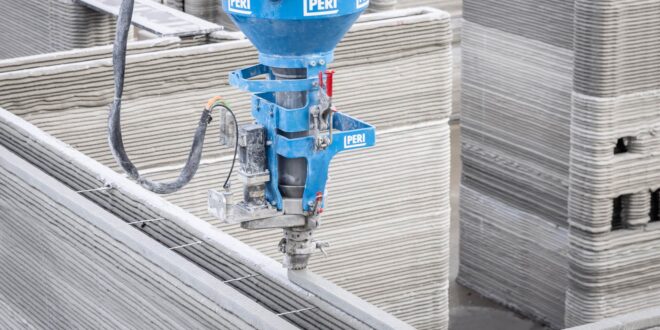3D concrete printing is a type of additive manufacturing technology that can be used to create structures and components out of concrete. This technology is still in its infancy, but it has the potential to revolutionize the construction industry. In this blog post, we will explore what this is and how it works. We will also discuss some of the benefits and challenges associated with this technology.
What is 3D Concrete Printing?

This technology allows for the construction of three-dimensional objects from concrete. It is similar to other 3D printing technologies, such as additive manufacturing, in that it builds up objects layer by layer. However, instead of using plastic or metal as the construction material, this one uses concrete.
A 3D construction company can offer a printer that can print houses and other structures. The machine is capable of printing an entire house in one day. The company plans to use this technology to build homes for people in developing countries who do not have access to traditional methods of construction. The technology is still in its early stages of development and there are a number of challenges that need to be addressed before it can be widely adopted.
The History of 3D Concrete Printing
The history of 3D concrete printing can be traced back to the early 1990s, when Japanese researchers developed a method for printing three-dimensional objects using concrete. In the ensuing years, a number of different approaches to 3D concrete printing have been developed, with each approach offering its own advantages and disadvantages.
One of the earliest and most widely used 3D concrete printing methods is known as stereolithography. This method uses a laser to harden a layer of photopolymer resin, which can then be used as a mold for pouring concrete. Stereolithography offers a high degree of accuracy and can be used to create very intricate designs; however, it is relatively slow and expensive.
Another popular method is known as selective deposition modeling (SDM). SDM involves depositing layers of concrete onto a build platform, with each layer being cured before the next layer is deposited. This approach is much faster than stereolithography and can be used to create larger objects; however, it is less accurate and has difficulty reproducing complex designs.
In recent years, a new type of 3D concrete printer has emerged that combines the best features of both stereolithography and SDM. This hybrid approach, known as multi-material deposition modeling (MDDM), uses multiple print heads to deposit both resin and concrete simultaneously. MDDM offers the accuracy of stereolithography with the speed and scalability of SDM, making it an attractive option for a wide range of applications.
How Does 3D Concrete Printing Work?

3D concrete printing is a process of creating three-dimensional objects from a digital file using a printer. The printer lays down layers of concrete, one at a time, until the object is complete.
It has been used to create everything from homes to bridges to sculptures. The technology is still in its early stages, but it has the potential to revolutionize the construction industry.
The Benefits of 3D Concrete Printing
3D concrete printing offers a number of benefits over traditional construction methods. Perhaps the most obvious benefit is the speed at which structures can be built using this technology. With 3D concrete printing, there is no need to wait for foundation work or framing to be completed before moving on to the next stage of construction. This can shave weeks or even months off of the construction timeline.
Another benefit of 3D concrete printing is the increased accuracy and precision that this technology offers. With it, there is no need for manual labor to cut and fit pieces together. This results in a much more precise final product with fewer errors.
In addition, it offers greater design flexibility than traditional construction methods. With this technology, it is possible to create complex shapes and designs that would not be possible with traditional methods. This gives architects and engineers greater freedom to create unique and innovative designs.
Finally, 3D concrete printing is a more sustainable option than traditional construction methods. This technology uses less material than traditional methods, resulting in less waste. In addition, the use of recycled materials is possible with 3D concrete printing, further reducing the environmental impact of construction projects.
The Challenges of 3D Concrete Printing

The high cost of these printers means that they are generally only used by large construction companies and are not readily available to the average consumer.
Another challenge facing 3D concrete printing is the lack of standardization in the industry. There is no single governing body that sets standards for it, which means that there is a wide range of printers on the market with varying levels of quality and performance. This lack of standardization can make it difficult for consumers to compare different models and choose the best one for their needs.
Finally, 3D concrete printing is a relatively new technology, and as such, there is a lack of trained personnel who are familiar with its operation. This lack of experience can lead to errors and mistakes during the printing process, which can result in poor-quality prints or even damage to the printer itself.
The Future of 3D Concrete Printing
The future of 3D concrete printing is looking very promising. With technology becoming more and more advanced, it is possible that we will see even more amazing structures being built using this method in the future. Some experts believe that it could even be used to construct entire buildings in the future!
Conclusion
3D concrete printing is a new and exciting technology that has the potential to revolutionize the construction industry. This type of printing allows for the creation of complex structures quickly and efficiently, without the need for traditional formwork. Additionally, 3D concrete printing can be used to create customized or unique designs that would otherwise be impossible to achieve with traditional methods. If you’re interested in learning more about this fascinating technology, be sure to check out our other articles on 3D concrete printing.
 Hi Boox Popular Magazine 2024
Hi Boox Popular Magazine 2024



